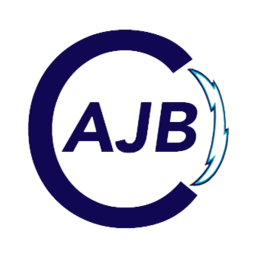OSCAL (Open Security Control Assessment Language) is an open, machine-readable language for representing security control assessments developed by NIST. It is designed to facilitate the exchange of information about security controls between organizations and systems, and enables the automation of security assessments.
The Open Security Controls Assessment Language (OSCAL) is a set of standards and formats developed by the National Institute of Standards and Technology (NIST). It provides an open, standardized, machine-readable representation of security control assessments, enabling the automation of security assessments. It can be expressed in XML, JSON, and YAML.
OSCAL is designed to support multiple compliance and risk management frameworks, such as SP 800-53, ISO/IEC 27001&2, and COBIT 5. It enables automated traceability from the selection of security controls through implementation and assessment.
OSCAL is organized into several layers, each providing a set of models:
Control Layer: Includes the Catalog model and Profile model.
Implementation Layer: Includes the Component Definition model and System Security Plan (SSP) model.
Assessment Layer: Includes the Assessment Plan model, Assessment Results model, and Plan of Action and Milestones (POA&M) model.
These models define specific ways of representing system security data in a structured manner, making it easy for computers to process. The goal of OSCAL is to streamline and automate the documentation, implementation, and assessment of security controls, ultimately improving the efficiency and effectiveness of security assessments4.
